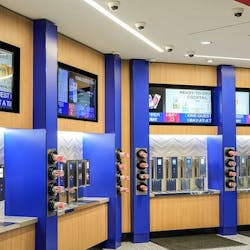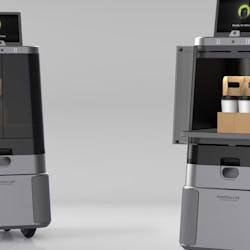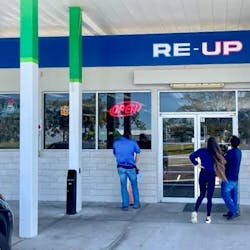While the ubiquity of mobile devices in the U.S., U.K., France, Germany and Spain has created a widespread platform for using mobile payments, a revolution is being held back because consumers do not yet find mobile payments secure, private or convenient enough to merit rapid adoption; this according to “The Consumer View of Mobile Payments”, a study of 25,000 consumers in five countries released by Bain & Co. While more than half of consumers on average, and over 70 percent in Western Europe, are aware of mobile payment options, only a quarter of those surveyed are willing to use their mobile device for in-store payments. But spending by mobile payment users is significant — on average, these users spend roughly twice as much through all digital channels (i.e. including mobile Web and Internet shopping) than mobile payment non-users — by more than two-to-one in the U.S. and UK and between 30 to 60 percent more in France, Germany and Spain.
Many consumers, anxious over potential data security and privacy breaches, remain unswayed by the benefits of mobile payments, with forty percent of those currently unwilling to adopt saying that they don’t see the need for changing their payment behavior. But if these consumer concerns can be addressed, other factors presented in the study suggest that mobile payments are poised for rapid adoption over the next three years, including:
- Consumers are adopting new forms of financial technology at increasingly faster rates. The annual growth rate of mobile banking was 59 percent in its first four years — “even when obvious pain points did not exist” — as compared with a 35 percent annual growth rate of online banking in its first four years.
- While only three to seven percent of the 25,000 consumers surveyed by Bain, varying by country, have used mobile payments in stores, 16 to 27 percent said that they are willing to try.
“The case for mobile payments has been a long time in the making, but still remains unconvincing for many consumers,” said Stephen Bertrand, partner with Bain & Co. in London, lead author of the report, in a prepared statement. “But our study of 25,000 consumers shows that the size of the prize is substantial for those banks, retailers and other digital wallet providers able to create customized value propositions for the growing number of people signaling their willingness to shop on their mobile devices.” The key therefore, according to the study, lies in persuading more consumers to switch over from debit and credit cards by convincing them of the value presented by adopting mobile payments, such as faster checkouts, discounts and/or promotions, access to real-time balances and location-based marketing offers.
Providing customized consumer offers tailored to specific consumer needs is critical for banks, retailers and alternative payment providers seeking greater market share. Bain identifies between five and seven differentiated consumer segments in each of the five countries surveyed, with each segment placing differential value on security, convenience, loyalty and offers, such as:
· ‘Paranoids’ and ‘Non-Shoppers’ — most concerned about payment security
· ‘One-Stop Shoppers’ and ‘Impulse Shoppers’ — value convenience most
· ‘Hobby Shoppers,’ ‘Reward Hunters’ and ‘Technophiles’ — value loyalty, offers and experience
“A mobile payment solution needs to start by defining the right proposition for target segments, as it’s unlikely to satisfy all segments,” said Bertrand. “Consumers are voicing their willingness to change payment behaviors. It’s now up to mobile payment providers to deliver solutions that unlock the long-awaited potential of mobile payments.”




